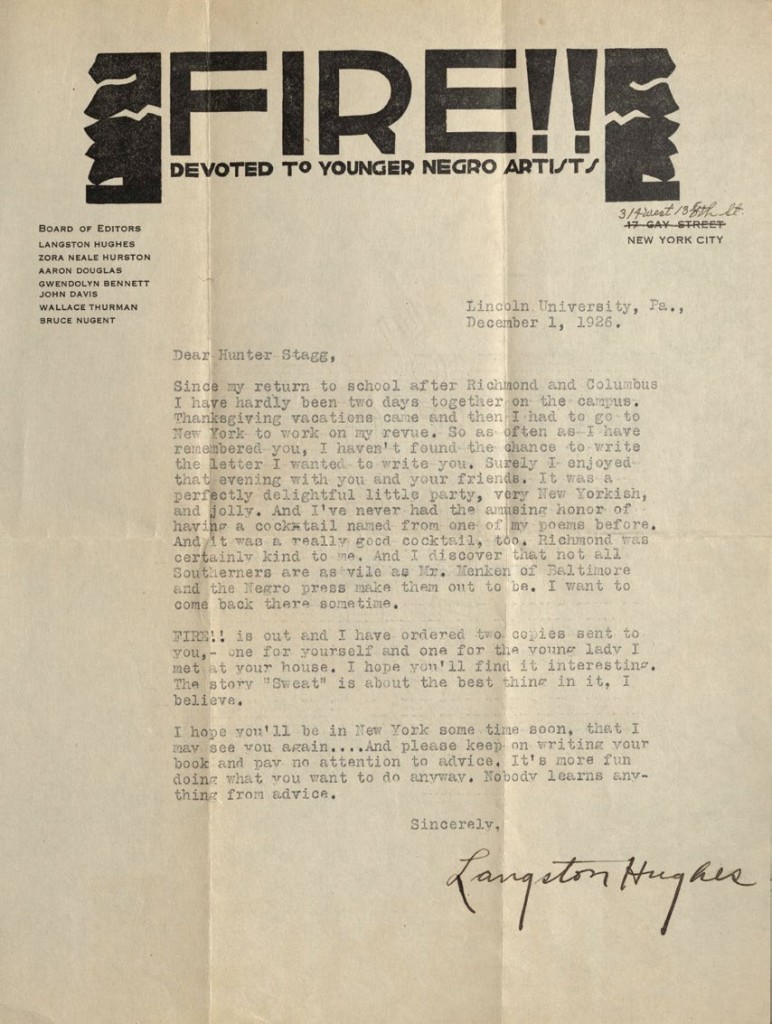 As part of the Virginia Commonwealth University Libraries system, James Branch Cabell Library’s Special Collections and Archives preserves and provides access to materials documenting the history of twenty and twenty-first century Richmond and Central Virginia, with a strong focus on traditionally underdocumented communities. The collections encompass a wide range of materials, including the personal papers and oral histories of social activists, writers, and artists as well as the records of civic associations, local non-profit organizations, and activist groups. Nationally prominent collections of comic arts and artists’ books also are housed in Special Collections and Archives. The collection includes over 50,000 volumes in special subject areas and approximately 5,500 linear feet of manuscripts and archives. For more information visit: Virginia Commonwealth University Libraries system, James Branch Cabell Library’s Special Collections and Archives
As part of the Virginia Commonwealth University Libraries system, James Branch Cabell Library’s Special Collections and Archives preserves and provides access to materials documenting the history of twenty and twenty-first century Richmond and Central Virginia, with a strong focus on traditionally underdocumented communities. The collections encompass a wide range of materials, including the personal papers and oral histories of social activists, writers, and artists as well as the records of civic associations, local non-profit organizations, and activist groups. Nationally prominent collections of comic arts and artists’ books also are housed in Special Collections and Archives. The collection includes over 50,000 volumes in special subject areas and approximately 5,500 linear feet of manuscripts and archives. For more information visit: Virginia Commonwealth University Libraries system, James Branch Cabell Library’s Special Collections and Archives
 Hunter Taylor Stagg ( 1895 - 1960) was born in Richmond, Virginia, the youngest son of Thomas E. and Sarah Stagg. The Stagg family home at 912 West Franklin Street is now part of Virginia Commonwealth University’s Monroe Park Campus.
Hunter Taylor Stagg ( 1895 - 1960) was born in Richmond, Virginia, the youngest son of Thomas E. and Sarah Stagg. The Stagg family home at 912 West Franklin Street is now part of Virginia Commonwealth University’s Monroe Park Campus.
Stagg is best known for his association with the Richmond literary magazine The Reviewer that gained national attention in the early 1920s by publishing works by some of that era’s most famous authors and writers. It was he and Emily Clark, part of the founders of the magazine, who first approached Richmond author James Branch Cabell, namesake of the Library where Stagg’s books and papers now reside, about enlisting his support for their new literary venture.
After The Reviewer moved to North Carolina in 1924, Stagg held several reviewing positions in Richmond, including stints as literary editor at both the Richmond Times-Dispatch and Richmond News Leader, before moving to Washington, D.C., in March 1938 to live with his sister, Helen Winston, and her family. He lived with Winston until her death in the late 1940s. After spending some time in New York with Margaret Freeman, recuperating from his sister’s death, Stagg returned to Washington and got a job managing a bookstore. Stagg died 23 December 1960 in Washington, D.C., alone and destitute after he’d been committed to St. Elizabeths Hospital, a public psychiatric facility. He is buried in the Stagg family plot in Hollywood Cemetery in Richmond, Virginia.
 The Hunter T. Stagg collection, totaling 2.5 linear feet, contains correspondence, notes, typescripts, reviews, bills and miscellaneous materials dating from 1917 to 1981. The bulk of the collection is comprised of correspondence from the 1920s and 1930s, especially that of James Branch Cabell and Carl Van Vechten (including copies of letters written to Van Vechten from Stagg obtained from Yale). Other notable correspondents include: Essie Robeson (wife of Paul Robeson), Majorie K. Rawlings, Tom Rutherfurd (Rutherfoord), Gertrude Stein, Alice Toklas, Frances Newman, Langston Hughes, Ben Ray Redman, Ellen Glasgow, and Montgomery Evans. The Evans correspondence contains copies of letters from Stagg to Evans from the Morris Library, Southern Illinois University. During the 1980s, photographs were removed and housed in the VCU photograph collection, including images of Stagg taken by Carl Van Vechten.
The Hunter T. Stagg collection, totaling 2.5 linear feet, contains correspondence, notes, typescripts, reviews, bills and miscellaneous materials dating from 1917 to 1981. The bulk of the collection is comprised of correspondence from the 1920s and 1930s, especially that of James Branch Cabell and Carl Van Vechten (including copies of letters written to Van Vechten from Stagg obtained from Yale). Other notable correspondents include: Essie Robeson (wife of Paul Robeson), Majorie K. Rawlings, Tom Rutherfurd (Rutherfoord), Gertrude Stein, Alice Toklas, Frances Newman, Langston Hughes, Ben Ray Redman, Ellen Glasgow, and Montgomery Evans. The Evans correspondence contains copies of letters from Stagg to Evans from the Morris Library, Southern Illinois University. During the 1980s, photographs were removed and housed in the VCU photograph collection, including images of Stagg taken by Carl Van Vechten.
 |
 |
| Embossed note card, Gertrude Stein to Hunter Stagg, May 25, 1924 |
| Stagg, a founding member of Richmond’s literary magazine The Reviewer, was 30 years old when this passport was issued. | |
 |
 |
Stagg, who took a keen interest in the work of Harlem Renaissance artists and writers, met poet, playwright, and novelist Langston Hughes in 1926, when Hughes gave a reading at Virginia Union University in Richmond, Virginia. The letter pictured is written on the letterhead of Fire!!, a literary magazine published in 1926.
- Migrating Archives: Participating Archives
- Adarna Food and Culture Restaurant
- The Australian Lesbian and Gay Archives
- The Fonds Suzan Daniel
- GALA
- Gay, Lesbian, Bisexual Transgender Historical Society
- Glasgow Women’s Library
- Hall-Carpenter Archives
- Il Cassero and Centro di Documentazione
- Labrisz Lesbian Association
- The Leslie Lohman Museum
- The National Archives
- rukus!
- Virginia Commonwealth University Libraries
